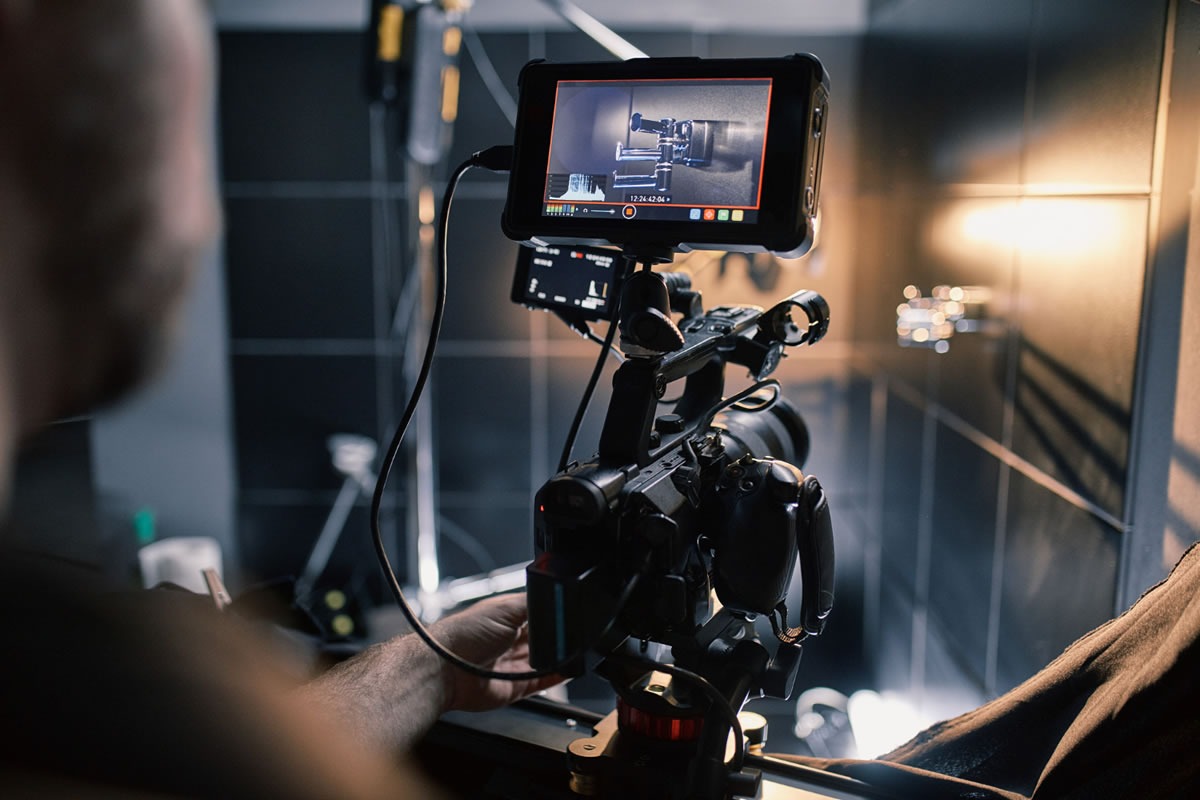What Do Grips Do?

It is a grips responsibility to assemble and maintain all equipment that supports cameras on a movie set. This equipment, including static rigs, cranes, jibs, tripods, and dolly tracks, is all constructed of delicate yet heavy parts requiring a high-level experience of experience to move and operate. Each scene in a movie is shot using one or more cameras, and each camera is mounted on costly, heavy-duty, highly complex equipment. A grip is responsible for assembling this equipment according to detailed specifications and then mounting, hanging, pushing, or pulling it from a variety of different settings.
Equipment that grips are in charge of can be as basic as a tripod on a studio floor or as hazardous as mounting a camera on a crane or hanging it from a helicopter flying above a mountain range. Grips are tasked with making sure that camera moves are as seamless as possible and that the artifice of the film is maintained. A grips job is physically demanding and requires long hours, but the work can be gratifying. A grip may work on features or commercials.
What is the job?
Grips work closely with camera operators, directors, and directors of photography to ensure that the positioning and movement of the camera are achievable. Grips are often responsible for pushing the dolly. This wheeled platform carries the camera and the camera operator and must ensure smooth movements that do not distract from the action on screen.
On larger product projects with multiple cameras, key grip is responsible for the primary camera, with other grips providing additional support with other cameras. A grips job begins in the later stages of pre-production. At this time, they join the heads of the department to carry out a technical recess. During the technical recess, if challenges are identified, grips are tasked with working with specialized companies to create tailor-made pieces of equipment to facilitate any complex camera maneuvers that can be performed on location in extreme terrain or severe weather.
Grips should arrive on set early on shooting days with their team that can include a crane operator, tracking car drivers, construction standbys, other grips, and a remote head technician. They will unload all equipment and ensure that everything is prepared for the day's filming. Once all the actors are rehearsed with the director and all shots are curated and choreographed using stand-ins, grips then set up the required grip equipment.
A minimum of two grips are always employed whenever a crane is used. They collaborate closely with the crane operator about moving and mounting the camera. A grip should always be ready as soon as the camera starts to roll and must anticipate camera moves and keep in mind the preparations required for the next camera setup. In addition, grips oversee the packing up of all camera support equipment at the end of each day shooting.
If you are in the market for grip equipment, visit us today at tikigripelectric.com to find out what we can do to fulfill your film-making needs!